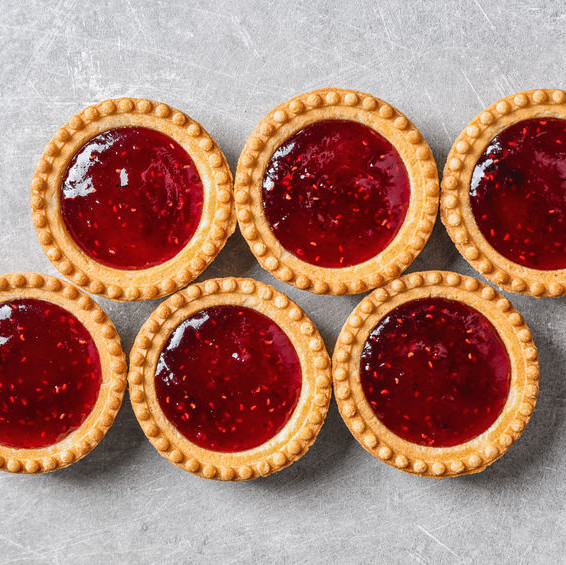
Methylcellulose
What is Methylcellulose?
Methylcellulose (MC) is a food gum. A derivative of cellulose, it is a non-digestible fiber and non-allergenic.
A distinct property of MC is its ability to form gels at high temperatures and reversing to a viscous liquid upon cooling. It’s used in a wide range of baked goods such as cakes, donuts, breads, cookies, pies and glazes as a:
- Thickener
- Gelling agent
- Emulsifier
- Texturizing agent
Origin
Methylcellulose is a derivative of cellulose which is obtained from the bark, wood or leaves of plants such as cotton. Due to limitations with cellulose functionality, products such as MC have been produced commercially since the 1920s in Germany and in 1938 in the U.S.1
Function
MC forms thermoreversible gels and can be used as a thickener in food. Due to its surface-active behavior, it is also used as an emulsifier, a stabilizer of aqueous suspensions or a film former.2
Commercial Production
MC is derived from cellulose found in wood and cotton. The cellulose sheet pulp is alkalinized and reacted with methyl chloride to form cellulose ether. The crude product is dispersed in hot water and is recovered via separation and filtration or centrifugation. Drying and milling result in the final pure MC product.1
Composition and physico-chemical properties
MC is a simple cellulose ether where methyl groups (-CH3) are substituted for hydroxyl groups at C-2, C-3, and/ or C-6 positions of anhydrous glucose units. It has an amphiphilic character and is water/organo-soluble under suitable conditions.
It is commercially available in various degrees of substitution (DS) which determine its solubility and gelation properties. At DS of 1.3-2.5, MC is water soluble while at higher DS (>2.5) it is only soluble in organic solvents.
Applications
MC is typically used at very low concentrations (0.07-0.3%) in food formulations. Its applications include:1,2,3
- Thickening especially when added along with other additives such as xanthan gum, starch, propylene glycol alginate, carboxymethyl cellulose, and guar gum.
- Low-calorie bulking agent in jellies, syrups and gums.
- Ingredient in gluten-free bakery products to improve palatability and crumb softness.
- Preventing boil-over in pastry fillings as well as aiding in gas retention in cakes during baking.
- Shelf-life extender for icings, a consequence of MC’s cold water-solubility and ability to retard drying out.
- Retarding migration of water during freeze/thaw cycles in frozen baked goods and prevention of phase separation.
- Stabilizing non-dairy whipped toppings (aerosol and frozen topping mixes) Typical incorporation levels range from 0.3-0.5% (w/w) and often used in combination with xanthan gum or propylene glycol alginate.
- Controlling ice crystal formation in frozen desserts (typically at 0.2-0.5%) as well as emulsification.
FDA Regulation
21CFR182.1480 states that the methoxy group (O-CH3) content should range between 27.5-31.5% by dry weight (i.e. 27.5-31.5% of hydroxyl groups in cellulose must by substituted by methyl groups; DS between 1.7 to 2.2). This substance is generally recognized as safe when used as per good manufacturing practices.
References
- GROVER, J.A. “Methylcellulose and its derivatives.” In Industrial gums, Academic Press, 1993. pp. 475-504.
- Nasatto, P, Frédéric P, Joana S, Maria D, Miguel N, and Marguerite R. “Methylcellulose, a cellulose derivative with original physical properties and extended applications.” Polymers 7(5) 2015. pp. 777-803.
- Toufeili, I. M. A. D., S. H. A. W. K. Y. Dagher, S. O. S. S. Y. Shadarevian, A. B. I. R. Noureddine, M. Sarakbi, and MOHAMMED T. Farran. “Formulation of gluten-free pocket-type flat breads: Optimization of methylcellulose, gum arabic, and egg albumen levels by response surface methodology.” Cereal Chemistry 71 (6) 1994. pp. 594-600.

